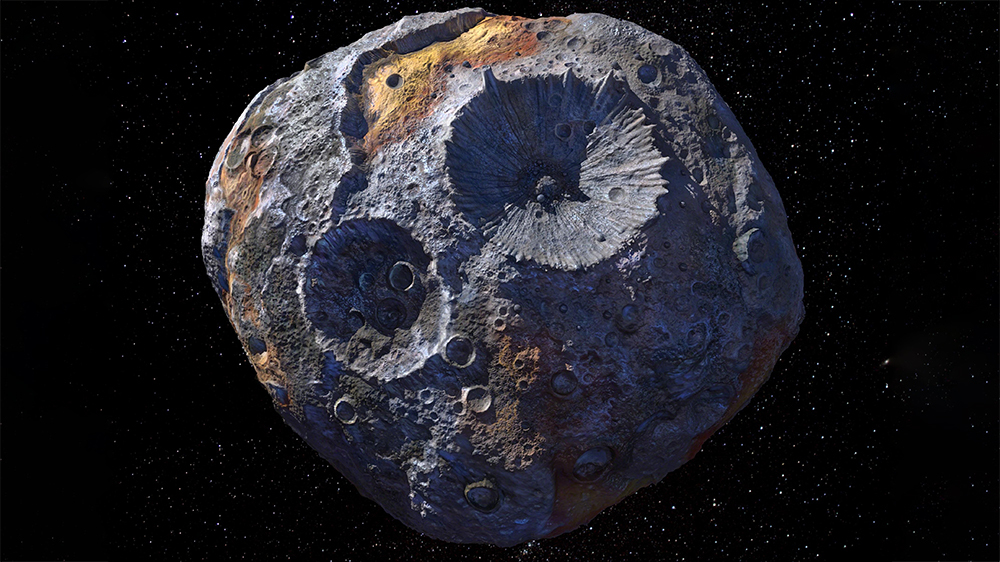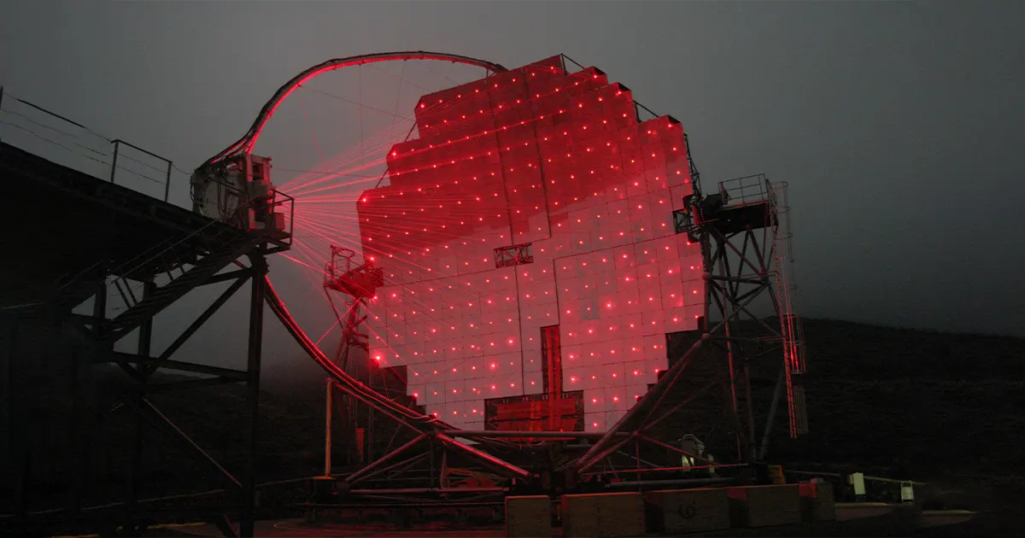
MAGIC telescope stands for Major Atmospheric Gamma Imaging Cherenkov Telescopes, which is a system of two Imaging Atmospheric Cherenkov telescopes at La Palma, one of the Canary Islands Spain.

The telescope is at an altitude of approximately 2200 m above sea level. The MAGIC telescope is actually two telescopes located in the same area and works together for the same purpose.
What is exactly the MAGIC Telescopes? What is the purpose of their usage? And what important results have they found?
What is MAGIC and How does it Work?
Cherenkov radiation is an electromagnetic radiation generated when a charged particle travels faster than the phase velocity of light across a dielectric material.
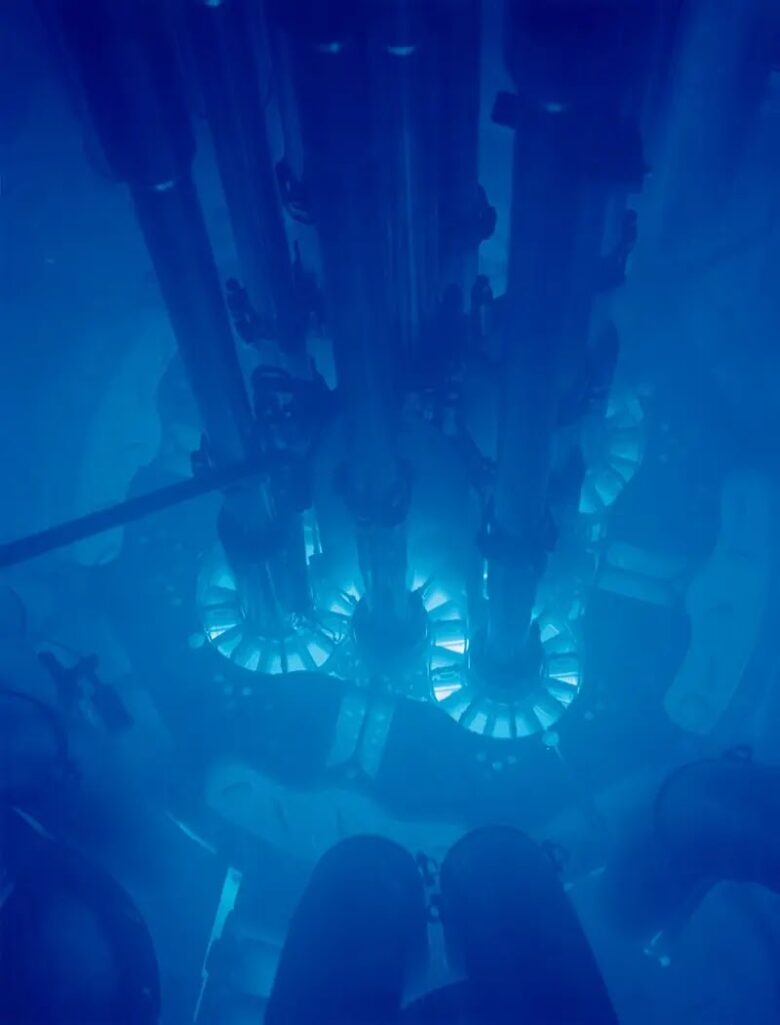
MAGIC telescopes use Cherenkov radiation to identify gamma-ray particle showers. Before the High Energy Stereoscopic System (HESS II) was built, it had the biggest reflecting surface area in the world, measuring 17 meters in diameter.
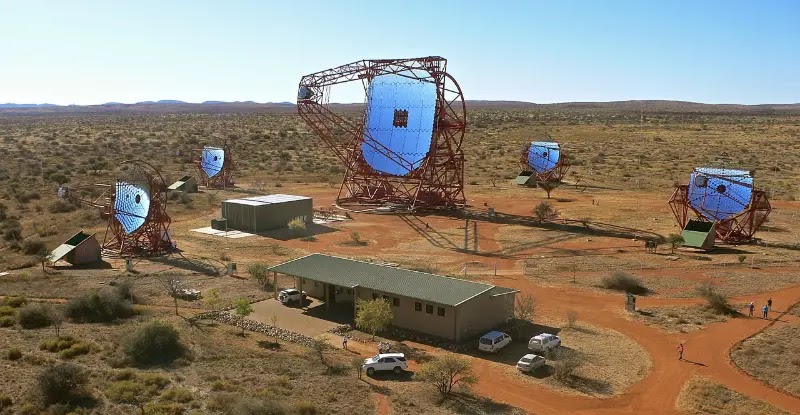
The first telescope was constructed in 2004 and used in a solo mode for five years. In July 2009, a second MAGIC telescope (MAGIC-II), located 85 meters from the original one, began collecting data. Together, they complete the stereoscopic integration of the MAGIC telescope.

Why is MAGIC Special?
Not to mention its name, MAGIC, in contrast to other ground-based gamma-ray telescopes, that are generally sensitive to gamma-ray photon energies just between 200–300 GeV (Giga-Electron-Volt), MAGIC’s wide mirror makes it capable of seeing cosmic-ray gamma-ray photon energies between 50 GeV and 30 TeV(Terra-Electron-Volt).
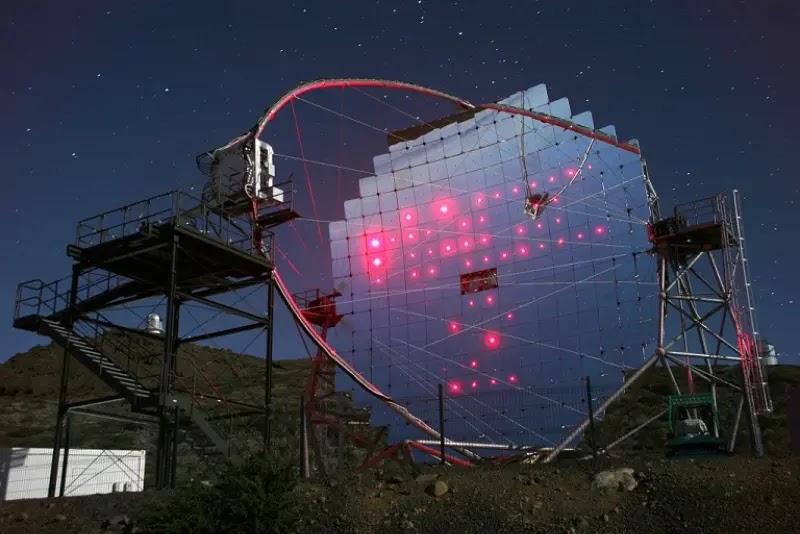
The wide range makes the MAGIC telescope system used for multiple purposes and in different scientific tasks.
Each telescope on the MAGIC system has the following:
- A total of 956 aluminum reflectors measuring 50 cm by 50 cm cover 236 square meters of collecting space.
- Carbon fiber is used to keep the telescope lightweight.
- It has a total weight of 40,000 kilograms.
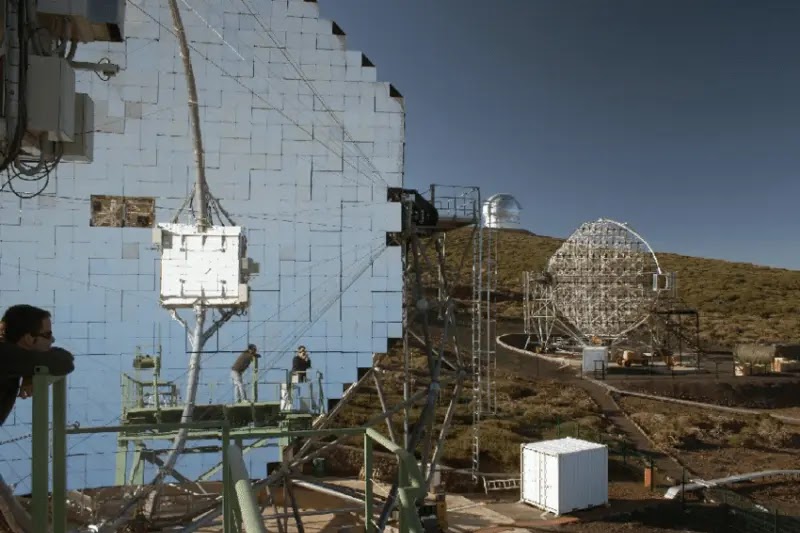
- The detector has 396 small hexagonal photomultiplier detectors (diameter: 2.54 cm) in the middle surrounded by 180 bigger photomultiplier detectors (diameter: 3.81 cm).
- It takes less than 22 seconds to point to any location in the sky.
MAGIC Observations & Discoveries
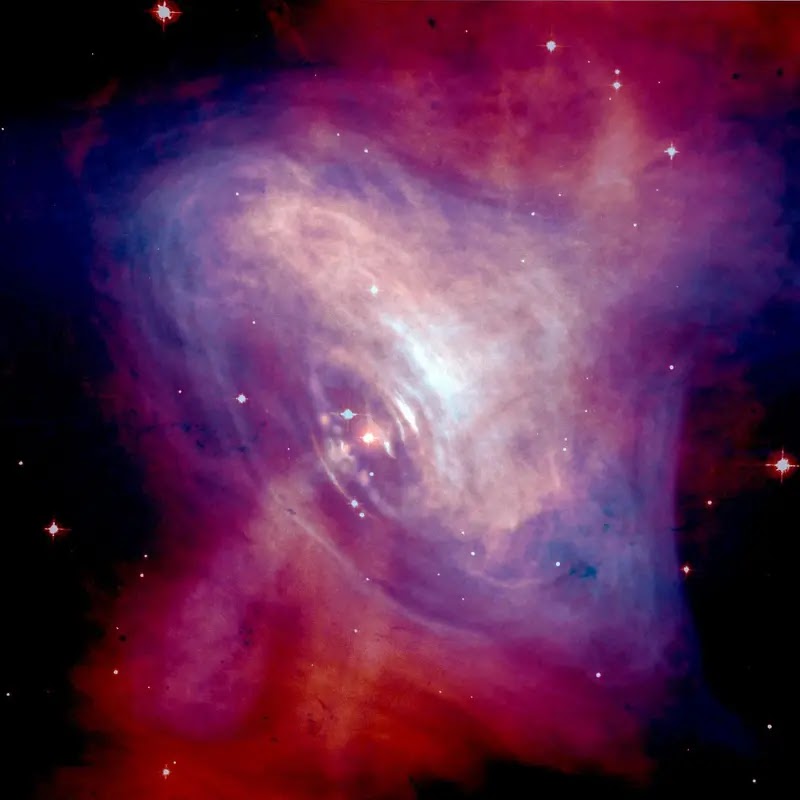
MAGIC detected that the Crab Pulsar emits pulsed gamma rays with more than 25 GeV energy. The existence of gamma rays with such high energy means that the gamma-ray source is far out in the pulsar’s magnetosphere, which contradicts several theories about the Crab Pulsar.
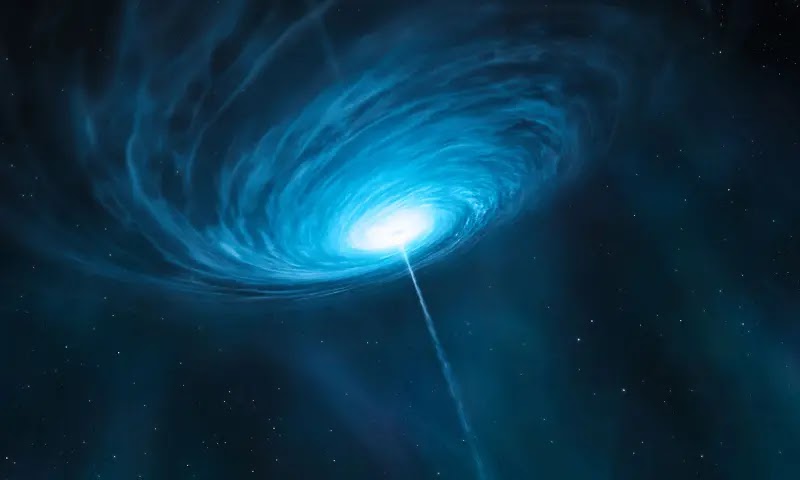
The second important observation by MAGIC was an exceptionally high energy cosmic rays from the quasar 3C 279, which is 5 billion light-years away from Earth. This signal showed that the cosmos is more transparent than previously assumed, based on data from previous optical and infrared telescopes.
MAGIC was also used to find more about the nature of the dark matter, but it did not detect any cosmic rays emitted by dark matter decays in the dwarf galaxy Draco. This improves the known limits on dark matter theories.
On July 9, 2005, the blazar Markarian 501 released a brief burst of cosmic rays with an energy dependency on the speed of light. Photons with energy ranging from 1.2 to 10 TeV arrived four minutes later than those with energies ranging from 0.25 to 0.6 TeV.
There was an average delay of 30 +- 12 ms per GeV of photon energy. As a possible explanation, the uneven structure of quantum foam, which may only be detected at cosmic distances such as the blazar, has been suggested by the team of researchers.
This video shows the MAGIC telescope and the whole location:
Even though MAGIC is located in Spain, researchers from more than twenty universities across Europe and the rest of the world (Germany, Spain, Italy, Switzerland, Croatia, Finland, Poland, India, Bulgaria and Armenia) use MAGIC for better data analysis and discoveries.

